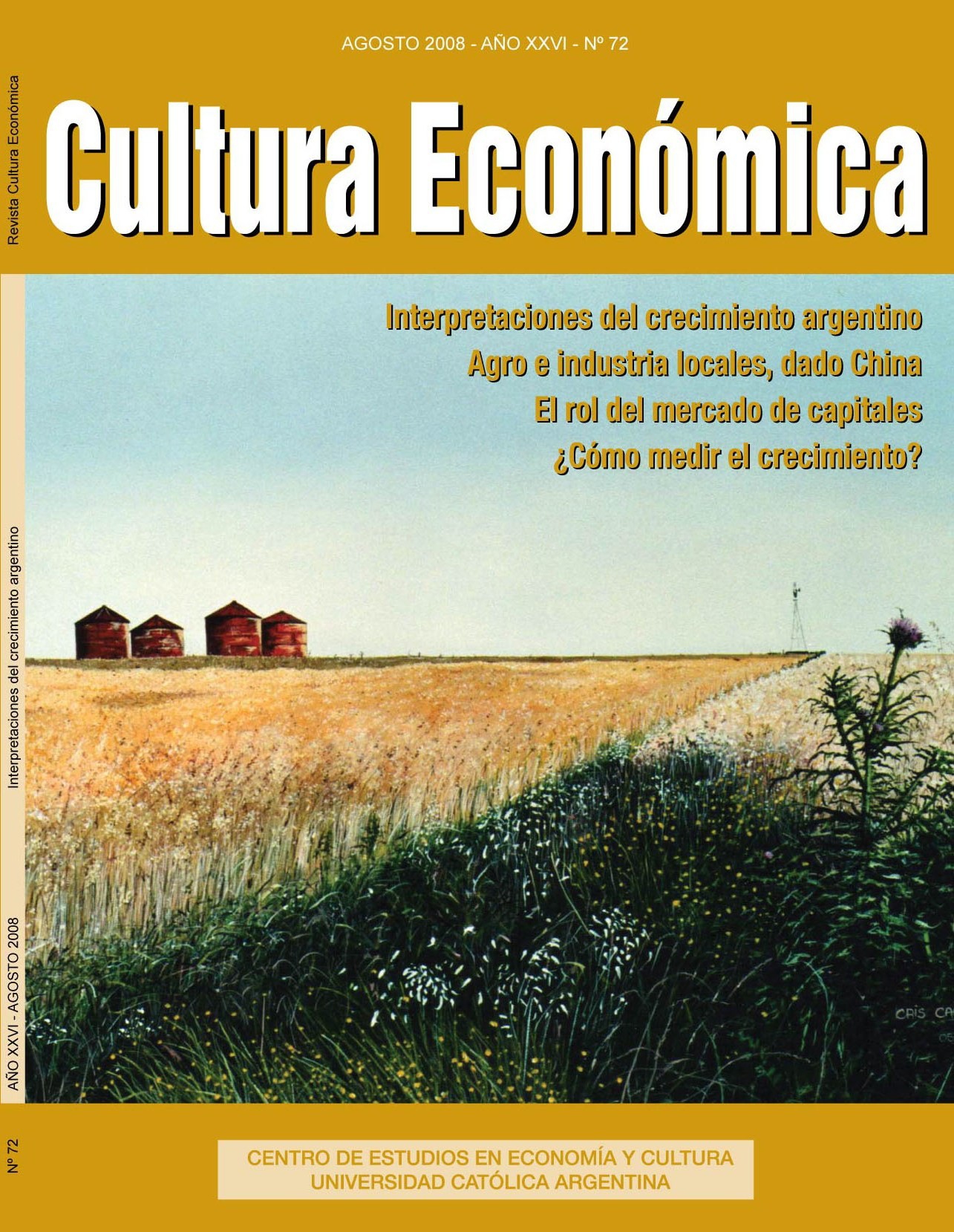Argentina 2008: from strong growth to sustainable development
Keywords:
growth, social inclusion, twin surpluses, competitive exchange rate, monetary policy, investment, sustainable developmentAbstract
Starting from Argentina’s crisis in late 2001 and early 2002, the author examines the steps that led to convert the downturn in unexpected growth. Thus, the components of this growth with its strengths and weak points are detailed. Besides, the author presents and describes the fundamentals of the model: competitive exchange rate, monetary policy and twin surpluses. Finally, the challenges to overcome are analyzed, mainly the fight against inflation. The author concludes sustaining that, despite the existing social tension, the possibility of greater openness to dialogue, with a favorable world situation, will enable the country to transit the road of sustainable development in the medium term.
Downloads
References
Conesa, E. (2002), Macroeconomía y Política Macroeconómica, Ediciones Macchi Buenos Aires.
Curia, E. (2005), Macroeconomía del desarrollo, Ediciones Realidad Argentina, Buenos Aires.
Diamand, M. (1973), Doctrinas económicas, desarrollo e independencia, Paidós, Buenos Aires.
Llach, L. y Gerchunoff, P. (1998), El ciclo de la ilusión y el desencanto, Espasa Calpe - Ariel, Buenos Aires.
INDEC (2002), Censo agropecuario. Llach, L. y Gerchunoff, P. (2004), Entre la equidad y el crecimiento, Siglo veintiuno editores Argentina, Buenos Aires.
Montamat, D. (2007), La energía argentina, Editorial El Ateneo, Buenos Aires.
Sturzenegger, F. (2003), La economía de los argentinos, Grupo Editorial Planeta Argentina, Buenos Aires.
Teijeiro, M. (2001), “Una vez más la política fiscal” en Lascano, M. (comp.), La economía argentina hoy, Editorial El Ateneo, Buenos Aires.
Tiscornia, C. (2007), “Inflación y pacto social”, Cultura Económica, Año XXV, nº 70, Diciembre 2007.
Todesca, J. (2006), El mito del país rico, Emecé Editores, Buenos Aires.
Downloads
Published
How to Cite
Issue
Section
License













